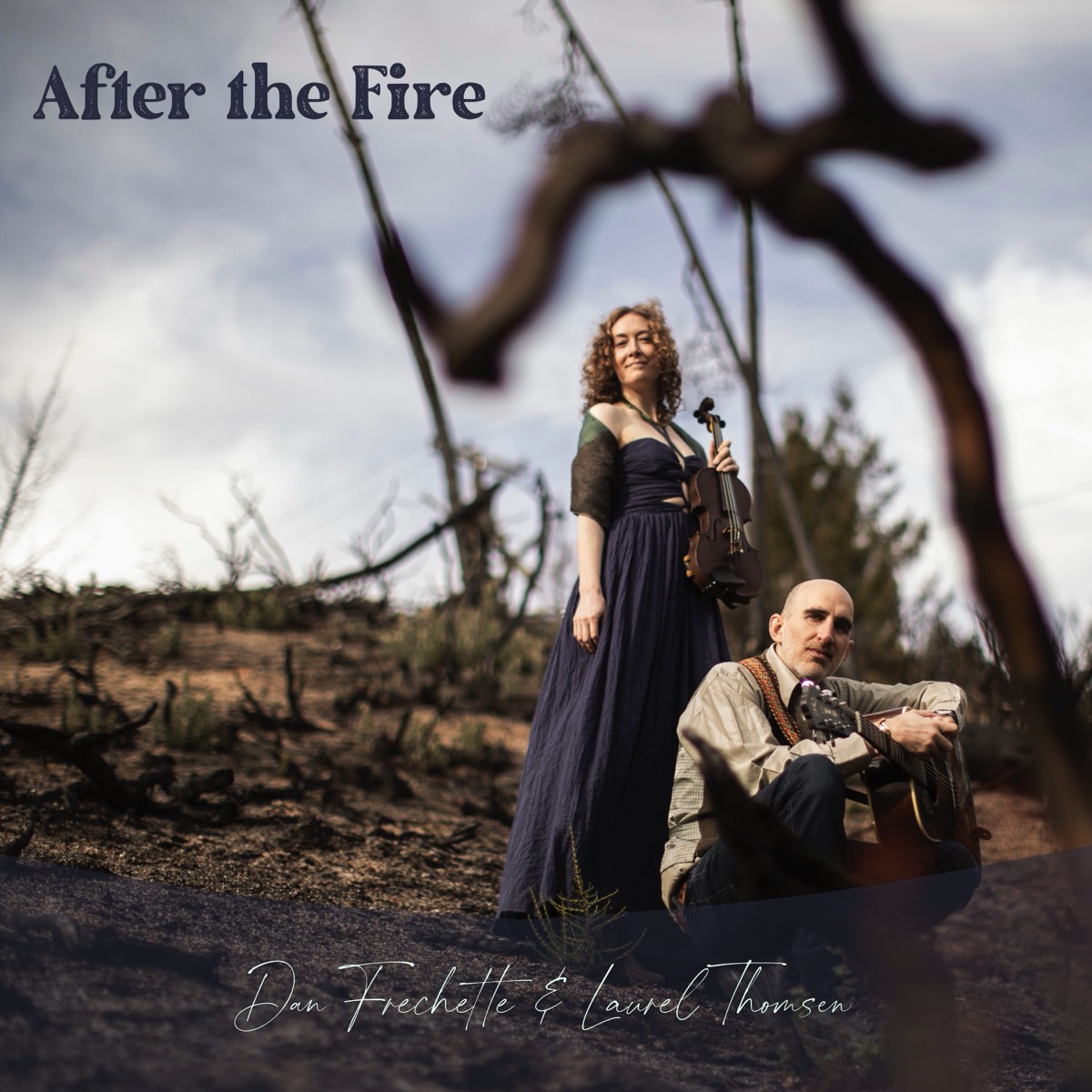Scientists believe that amusia, or "tone-deafness," effects only about 4% of the population, yet unfortunately, a lack of early exposure and training in music can lead many to assume that they must be tone-deaf if they can't sing in tune or figure out how to adjust their fingers for perfect intonation on a violin fingerboard (in all fairness, both are actually much harder than the pros make it look!). While true amusia is sometimes congenital (present since birth), it can also occur later in life, such as after a brain injury. People with amusia might not be able to recognize familiar melodies, may not be able to distinguish between different pitches, feel emotion in music, and may even find music unpleasant (well, some can be!). They also may find it hard to discriminate between spoken statements and questions: "You went to the store." verses "You went to the store?" the latter requiring a rise in pitch at the end in order to signal a question.
To take a free amusia test, click here. However, while musical ability can be innate, it can also be learned. Thinking back my students over the past 25+ years, I wouldn't be surprised by someone with no or very little musical experience scoring low on this test. Not getting the correct answers doesn't necessarily mean that someone is actually tone-deaf. If different pitches can be perceived overall, then a low score may simply be a matter of needing to learn how to interpret how different pitches relate to one another.
For someone who truly has amusia, trying to play the violin, viola, cello, or upright bass would unfortunately be quite difficult. The learning curve can be steep, even for those with better-than-average musical aptitude. While playing in tune on many instruments is simply a matter of using or covering the correct key, hole, fret, or valve, bowed string players (along with trombone players) need to tune every pitch we play besides our four open strings (which we still have to tune up before we start playing!).
However, having the desire to even play a violin family instrument makes me suspicious about someone truly being tone-deaf. Over the years, most of my students have reported that they started playing because they love how expressive and beautiful the violin can sound. If someone can recognize emotion in music and enjoy it, this leads me to think that issues with being able to recognize different pitches or sing in tune is simply caused by a lack of opportunity to train the ear.
So, putting aside those who actually have amusia, how do we "grow our ears"?
The following is a common situation in my teaching studio: A beginning or intermediate student is attending one of their first lessons with me and we notice that their instrument is out of tune. Rather than ask them to use a tuner or grab their instrument and do it for them if they're in-person, I'll often ask them to tune to me (yes, adults and kids alike). I play my A. The student plays theirs. It's clearly a few steps off, which they recognize, but in which direction? They shrug or decide to blurt out either "high" or "low" - they have a 50/50 chance after all. Sometimes they get it right, but they often get it wrong.
My next steps as a teacher are critical to my student's potential future as a musician. I could simply correct them and we could move on to the next string, which they might guess right, or maybe wrong again. The former gives them some relief: Maybe I'm getting this. I CAN be a musician! While the latter chips away at their confidence, sometimes already in peril: Why am I even bothering with this? I can't even guess one note right!
Instead, I ask them to connect what they hear to their voice first, rather than their thinking brain. They don't actually need to use their vocal chords or have vocal training. How do they perceive the pitch if they imagine singing or humming my note? Next I have them play or pluck their string and imagine singing or humming it. Did they notice their internal, imagined voice needing to move up or down? Almost every time this gives them the understanding and conviction they need and can easily determine whether their string is higher or lower than mine. The answer is suddenly quite obvious.
The amusia test above starts with pitches that are several steps apart, followed by pitches that are almost identical. These close pitches simulate the range that a violinist needs to be able to listen for and interpret moment by moment, but that only becomes possible through connecting the ear and the voice - learning to "audiate" or hear and reproduce pitch internally. Almost everyone has had the experience of getting a melody or jingle stuck in their head, and no one talks in a monotone voice (not even those professors droning on and on...), so while some may have an easier time than others, most everyone has the raw materials to develop their ear and auditorily digest and decipher what they hear.
Another tool I like to use in my studio to address intonation issues is having students figure out how to play familiar songs by ear. An adult student approached me about taking a handful of virtual lessons a few years ago. She'd been taking lessons with a local teacher where she lived and despite nearing the end of Suzuki Book 1, she didn't feel like she was making any headway with intonation. She didn't feel any closer to being able to take the tapes off her fingerboard and said that her teacher was always telling her to move her fingers. She wanted to be able to make these corrections on her own but didn't know where to start.
We started with the holiday song "Joy to the World," one of my favorites for teaching the four most popular finger patterns and fine tuning intonation. The beginning phrase is a descending major scale, followed by the leap of a perfect fifth (conveniently just a matter of jumping over a string on a violin, viola, or cello), and a leisurely climb back up to the tonic starting note. The finger we start on determines our finger pattern, for example, starting on a 3rd finger we'd need to play with close 2nd and 3rd fingers, and whole steps between 1st and 2nd, 3rd and 4th. With the basic outline understood, but no sheet music anywhere in sight, we set out to explore intonation.
After determining the need to clarify some basics, such as which way she should move her fingers to raise or lower a pitch (to go lower/more flat move towards the scroll - lengthening the string, to get higher/more sharp move towards the body of the instrument - shortening the string), my new student had a big smile on her face. After more than a year, she finally could hear the discrepancies and knew how she needed to adjust her fingers. After a few more tries she announced: "That sounded pretty good." Yes, it did! (Please send me an email if you'd like to gain access to the private teaching video in which I demonstrate this exercise for my students - laurel@laurelthomsen.com).
Digging into her background we landed on a few other songs, mostly folk songs from early childhood, that she could easily hum or imagine the melodies for without any hiccups. Sure enough, after determining what note to start on and the finger patterns she'd need to use, she was starting to adjust her intonation more quickly and subconsciously. At one point during the lesson she even recognized that one of her tapes was slightly misplaced. Indeed, even the thinnest, best placed tape can't hold up to an expert ear! This student was in fact an expert in those songs she had known and loved for decades and went away with the recognition that listening to and memorizing the melodies of new songs her teacher wanted her to learn would be crucial to having good intonation. Suzuki's biggest gift to violin pedogogy was his emphasis on ear training. We can study sheet music and drill technique, but without being able to hear the pitches we need to get to, no amount of muscle memory, finger tapes, or blindly playing along with our teacher or a recording will get us there.
To start building your audiation skills, start small: Pluck a string or plunk a key on the piano. Once it decays, can you imagine it still playing? Once you can, try doing the same with a short phrase of notes. Listen, then recreate the sound in your head. Once this is easy, try imagining a melody you already know without hearing it played first. If you've never had that experience before, start with something simple, like "Twinkle, Twinkle Little Star," "Happy Birthday," or "Jingle Bells." How accurate is your "internal recording"? While physically being able to sing in tune can be an added bonus, being able to "sing" internally is the element that is critical for eventually being able to sing on your violin, viola, cello, or bass.
Click the following titles for more posts and podcasts about intonation, and tips to improve it:

